What Do You Need to Know About Basketball?
Basketball is one of the most well-known sports which is played throughout the world. The team sport involves two teams having five players each who are playing to fulfill a primary goal of the game, i.e., scoring against the other team via throwing the ball at a height of 300cm under specific rules. Various institutions have made both indoor plus outdoor courts for the game.
The basketball courts’ dimensions can vary, meaning there are no set limits for the height, length of time, size of a basketball, etc. In addition, the experience and skills of the players playing the game can also vary. The fast-moving game involves various physical activities like passing, dribbling, shooting, defense, rebounding, etc.
At the end of the day, basketball is actually about as simple of a game for newcomers to grasp as Sloto Cash, so let’s jump right in!
Benefits of basketball on the health of players
In the game, there are various points for starting and stopping. Although it’s not considered an aerobic sport, it still provides multiple benefits. Playing basketball helps burn calories. For example, playing basketball for an hour will allow the player to burn 630-730 calories!
In addition, it is beneficial in building endurance and improves coordination and balance. The player learns self-discipline and develops concentration. Most players consider the game a source of building their muscles.
Other benefits of the game
Having a monotonous and boring routine might make you lazy. Most people who do remote jobs cannot communicate with others. Playing basketball would not only help them take action but also allow them to interact with others. It would be helpful to learn from people how to be a good basketball player.
People can play the sport all year round as it is indoors. There is no requirement on the number of players, i.e., a minimum of two persons can play the game. Besides this, each player can practice alone as well. All he needs is a ball and a hoop.
Points in a game
When a team in a basketball game does a basket, they are given two points, and the ball is automatically assigned to the next team. However, if it is made outside the three-point arc, the team is given three points, and for a free throw, the team is given one point. The points are awarded to the team for free throws based on specific rules, including the fouls made in half or even type of foul.
Fouling a shooter results in free throws given to the shooter based on the location from where he shot. Standing beyond the three-point line will award him with three points. However, team fouls do not give the team free throws until they reach a specific number during that half. Once the number is reached, the player is given 1 to 1 opportunity.
Game clock
Each game is divided into two sections. All levels of the game have two halves. Various colleges, schools, and universities conduct basketball game session that varies from 20 minutes to one hour.
These halves are divided into quarters consisting of 8 minutes. In between the halves, there is a gap of a few minutes; however, the gap between the quarters is comparatively shorter. If there is a tie between the two teams, an overtime period is conducted for varying lengths.
Violations of the game
- Dribbling the ball with a hand at great distance to the side is considered a violation of the game.
- Dribbling the ball with both hands is known as a double dribble. It is another violation of the game.
- Two or more players of the opposing team will get the ball at the same time. To prevent this, the referee stops such action and gives the ball to the team one by one on a rotating basis.
- When a defensive player interferes with a shot while the ball is falling towards the basket after being touched with the backboard or while being in the cylinder above the rim, it is known as Goaltending. If an offensive player commits this, it is considered a violation, plus the ball is given to the opposing team.
- Once the offense brings the ball across the mid-court line, they cannot cross the line back while having the ball. If they cross the mid-court line, the ball is given to the other team member to pass the inbound.
- The player passing the ball has a time limit of five seconds to pass it. If he does not give the ball, it is given to another team member, which means having the ball for more than five seconds and having shot-clock restrictions, which require the team to shoot within the given timeframe.
Personal foul penalties
- If a player is shooting while being fouled, he is awarded two free throws if the shoot does not go in, but if it goes in, he will get one free throw.
- If the player is fouled while not shooting, the ball will be given to the team on which the foul is committed. The team receives the ball near the baseline and gets only five seconds to pass the ball into the court.
- The fouled player is awarded two free throws if the team commits ten or more fouls.
- The fouled person will receive one free throw if the team commits seven or more fouls. In case of making a shot, he is given another free throw.
Intentional foul
In case of physical contact of the player with another player to snatch the ball, having no other intention is considered an intentional foul and a judgment call for officials.
Flagrant foul
Violent contact with the opponent is considered a flagrant foul. Such fouls include kicking, punching, and hitting.
Technical foul
Coach or any player can commit technical foul which is related to the manners of the basketball game.
Position of player
Center
The central position is basically for the tallest players. They are positioned near the basket.
Defensive: The primary responsibility of the center while defending is to prevent shooting by an opponent, which s done by blocking the shots. In this case, the players at the center are expected to get rebounds as they are taller.
Offensive: The center’s goal is to provide an open area so players can shoot or pass the ball. They block the defenders by screening or picking, which will open the way for other players so that they can run to score a goal. Such a position might receive put-backs and offensive rebounds.
Forward
The next tallest ones are given the forward position. They play the game under the hoop. In addition, they may also be required to play under the wings or in corner areas.
Defensive: the defensive responsibilities, in this case, would be preventing the drives to score a goal plus rebounding.
Offensive: They are responsible for taking outside shots, rebounding, and driving for goals.
Guard
This section is reserved for the shortest players who are required skills related to fast dribbling, seeing the court, plus passing. They bring the ball down the court or even set offensive plays.
Defensive: Being defensive, the guard is responsible for contesting shots, stealing passes, preventing drives to the hoop, plus boxing out.
Offensive: The guard’s primary responsibility is dribbling, setting up offensive play, and passing. In addition, they also are required to drive to the basket.
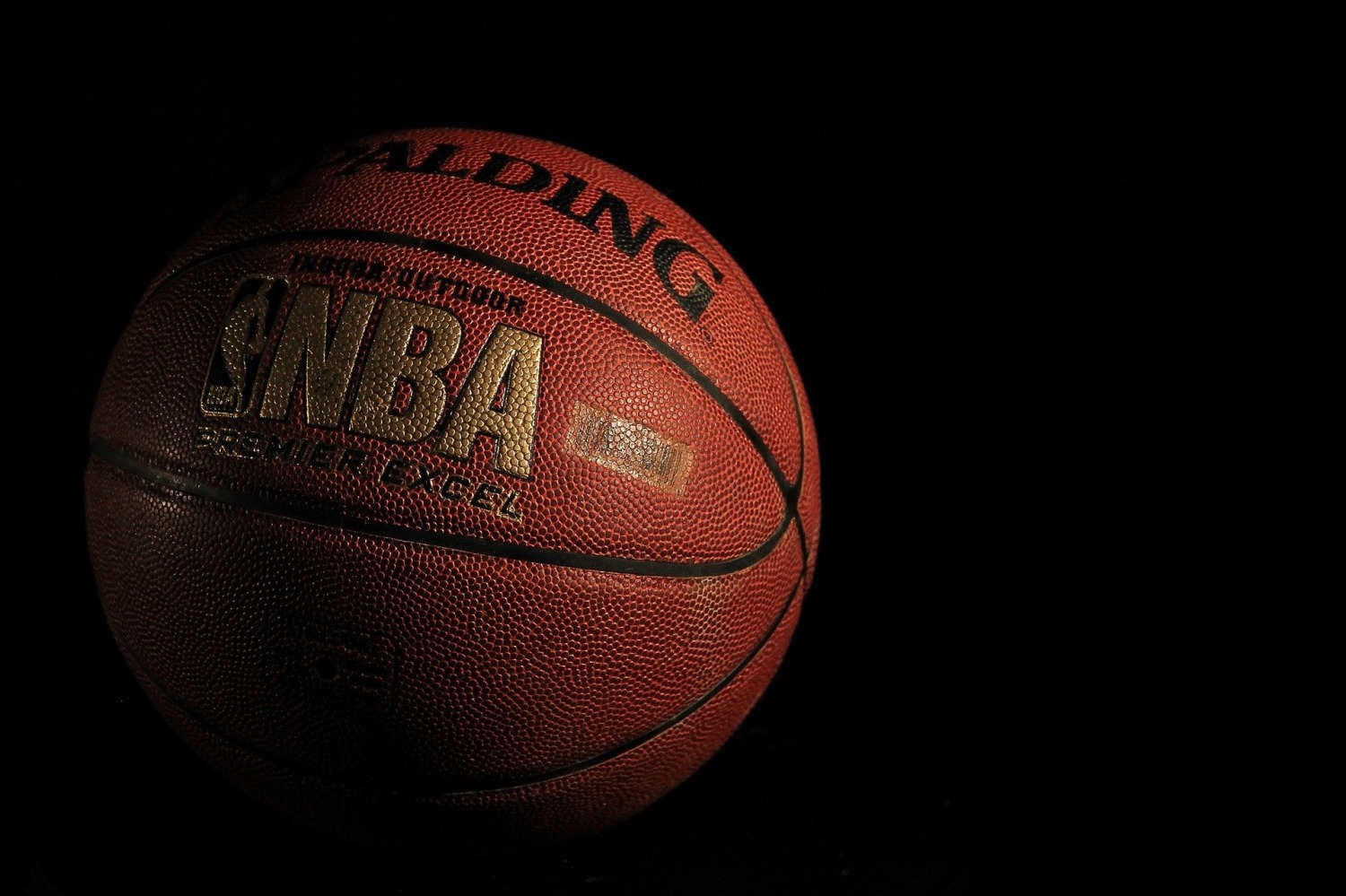
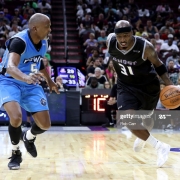
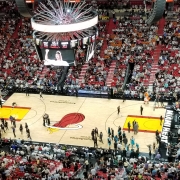
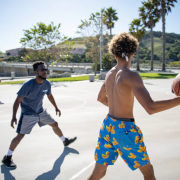
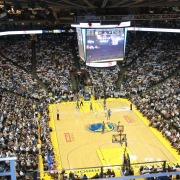
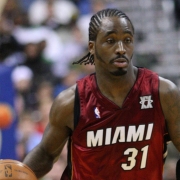
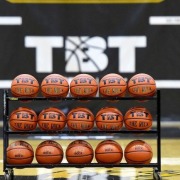


The ‘Graveyard of the Vehicles in Chernobyl’ article on https://chernobylstory.com/blog/graveyard-of-the-vehicles-in-chernobyl/ offers a haunting glimpse into the aftermath of the Chernobyl disaster through the lens of abandoned machinery. Learning about the vast amounts of vehicles and equipment, from engineering vehicles to helicopters, used in the liquidation efforts and now resting in specialized graveyards within the exclusion zone, was both fascinating and somber.